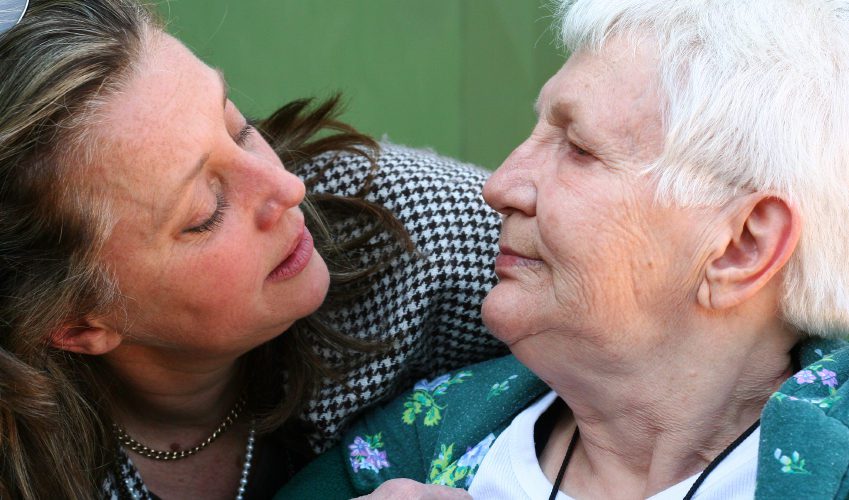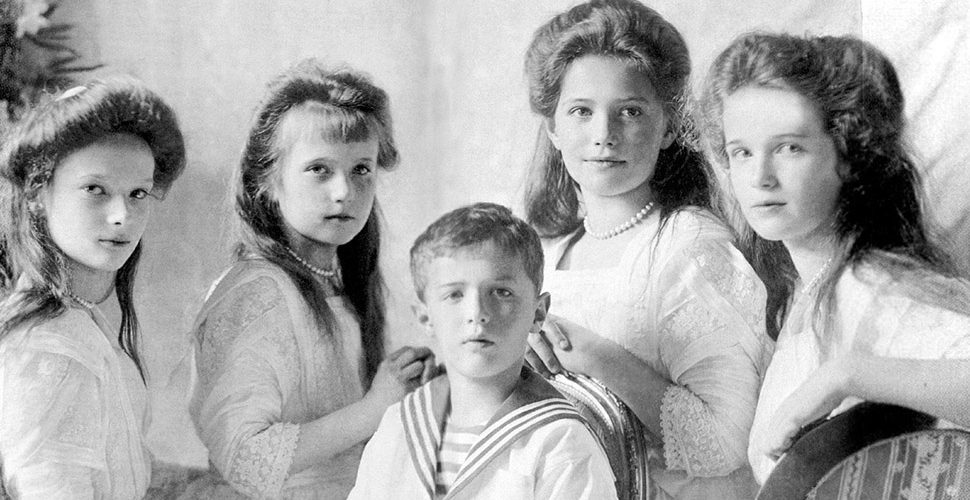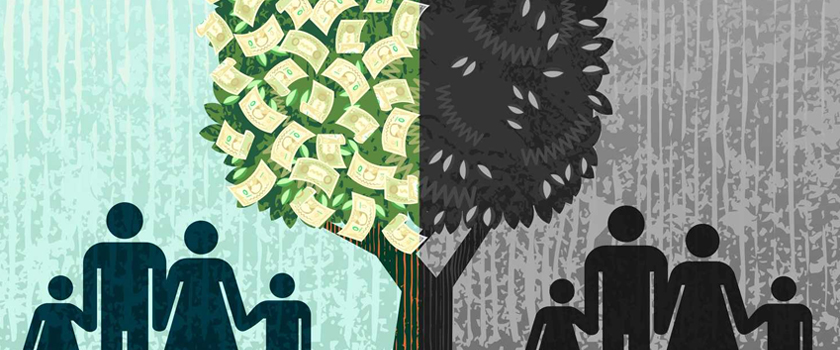The Modern American Family: its problems and ways to solve them

The American family has undergone significant changes in recent decades.
Today, Americans are marrying later and having smaller families. And more Americans than ever are choosing not to start a family.
Despite these shifts in behavior, most young Americans still aspire to get married and have children.
Few Americans report that marriage is irrelevant, and many believe that society benefits when its members prioritize having and raising children. However, how Americans think about marriage and child-rearing has changed. In their personal relationships, and even religion, Americans appear to be prioritizing individual preferences to a far greater extent.
Newly married couples are eschewing religious wedding ceremonies that connect them to existing traditions and communities, preferring instead celebrations that reflect their own personal tastes and preferences.
The primacy of individual preferences also manifests itself in family life. Fewer Americans growing up today have regular meals with their family, a practice that was routine a generation ago.

But not all changes in family life are exclusively the culmination of shifting personal desires.
The loss of faith in formative institutions, rising cost of childcare, and feelings of economic insecurity among young adults may play a role as well. There is evidence that the extensive financial obligation raising children requires is a formidable hurdle for many Americans. Americans who are uncertain about having children cite the cost of doing so as the most important reason they would choose not to do so.
Most Americans continue to be fairly upbeat about marriage—and for good reason. Both married men and women generally feel satisfied with their spouse. In aggregate, both men and women derive considerable benefit from being married. Married Americans have more satisfying social lives and larger social networks and report greater satisfaction in their personal health. Yet men appear to accrue these advantages at somewhat greater rates than women do.

Despite signs of greater parity between men and women in taking on domestic duties, women appear to take on a far greater burden, particularly with decisions regarding children. Women report performing far more of the household chores, including cooking, cleaning, and doing laundry. Married mothers are also far more likely to say they are primarily responsible for making health decisions and planning social activities for children. The ongoing tension may be one reason women are much more likely than men to leave their marriage and, after doing so, less likely to get married again.
But despite many changes and distinct experiences, American family life has enduring qualities. In many families, mothers remain the most important source of personal and emotional support, although there are considerable cross-cultural variations.

Our siblings continue to play a crucial role during our formative years and beyond.
Parental decisions and behavior can have lifelong influence. Parental favoritism, the notion that parents have a favorite child, has far-reaching negative effects on family dynamics and relationships.
Parental divorce continues to disrupt American family life.
Divorce has become more common today
In 1960, 73% of children lived with two parents in their first marriages. But in the years that followed, divorce rates climbed.

By 2014, the number of children living with two parents in their first marriages fell to 46%.
Custody arrangements post-divorce have also changed. A 2022 study published in Demographic Research found that shared physical custody more than doubled between 1985 and 2014, from 13% to 34%. When parents share custody, family life for children of divorce will look different, particularly if one or both parents remarry. According to Pew Research, 16% of children live in blended families, a number that has been stable since the 1990s.
No rush for marriage and children
These days, people are getting married later in life. According to the U.S. Census Bureau, in 2022, the average age of marriage was 28 years for women and 30 years for men, compared to 20 and 24, respectively, in 1950.
Life doesn’t always follow the old “first comes love, then comes marriage, then comes a baby in a baby carriage” plan. However, the fact that people are getting married later likely contributed to a 32-year low in birth rates in 2018.
In addition, people are having their first children later in life.

The average age of a first-time gestational parent increased from 27 in 1990 to 30 in 2019. That’s nine years later than the mean age of 21 in 1970.
Interracial marriage has doubled
During the height of the stereotypical nuclear family, interracial marriage was still illegal in parts of the country. However, the Loving v. Virginia ruling in 1967 made it illegal to place restrictions on marriage based on race. That year, 3% of new marriages were between people of different races or ethnicities.
The number of interracial marriages rose to 17% in 2015. And 14% of infants were multiracial or multiethnic, which was nearly three times more than in 1980.
Increase in fostering
Nearly 632,000 children spent time in foster care in 2020. Of kids in foster care, 43% were white, 23% were Black, 22% were Hispanic, and 8% were mixed-race.
Foster children, particularly those who age out at 18 years old, often face tough challenges. They’re more likely to experience homelessness, incarceration, and unplanned pregnancy. In 2021, more than 54,000 kids in foster care were adopted.
Foster kids need love and support, and the system needs dedicated foster parents.

Fostering and adoption can often lead to families with parents and children of different races or ethnicities. While this can be a good thing, psychologists explain the importance of being aware of the savior complex that can occur when white parents adopt or foster a child of color.
“We want to have healthy relationships that honor the identities of the kids we have,” psychologists say. “A family who is white will not understand immediately the plight of a child of color.”
Instead of preaching color blindness, they suggest families recognize and embrace their differences. “Noticing race is not a bad thing,” they say. “We’re doing them a disservice if we don’t teach them to notice race in a healthy way.” Exposing children to dolls with different skin colors and books and movies where the main characters have different skin colors are good places to start.
Multi-Generational households on the rise
Households with multiple generations—such as parents, grandparents, and children—all under one roof are rising. A record 64 million people, or 20% of the U.S., lived with multiple generations in 2016. That’s up from 12% in 1980.

There are many reasons for this. One reason is the desire to keep older parents out of assisted living or nursing facilities. Another is the rise in millennials, straddled by student loan debt and lower wages than their parents, moving out later or moving back home after school.
Multi-generational homes became more common during the COVID-19 pandemic, as people struggled with the economic crisis and the need for child care. Some fled larger cities to live with families in less dense areas.

With daycares closed, they moved in with their parents so they could help them with their children.
“So many families I know are juggling children, schooling them, having a full-time job, and trying to get that done between one or two parents in the household,” says Christine Tangel, LCSW, a therapist at Spence-Chapin Services to Families and Children in New York City. “Creative solutions come out of that.”
Tangel sees their reemergence as a good thing, and many people agree. “It’s beautiful we’re coming back to that in this collective approach to parenting,” they say. “It’s done out of necessity and strain, we can’t ignore that, but there might be more of a flexible understanding of the shape of the nuclear family because of the need for caregiving at home and potentially stronger bonds and less stigmatization of needing help.”
By Alex Arlander | ENC News
































